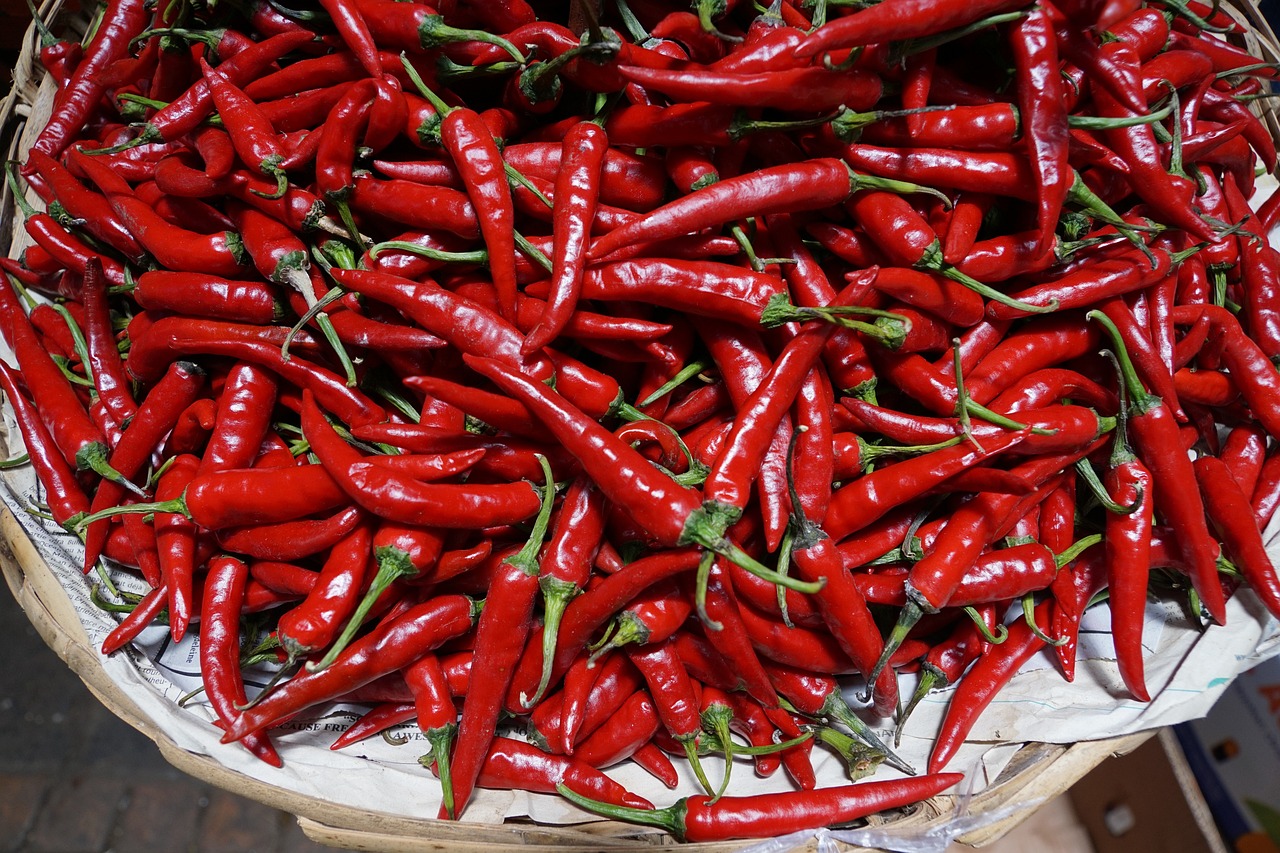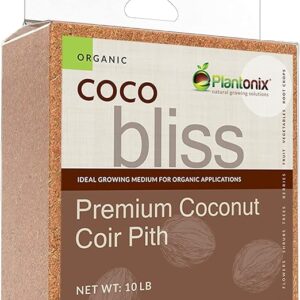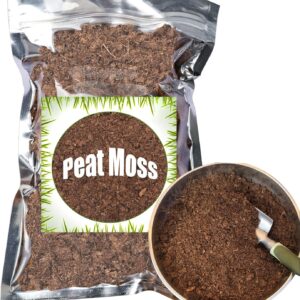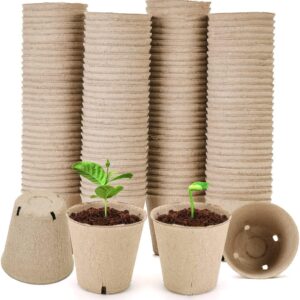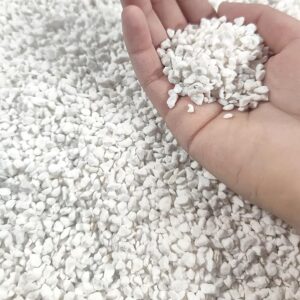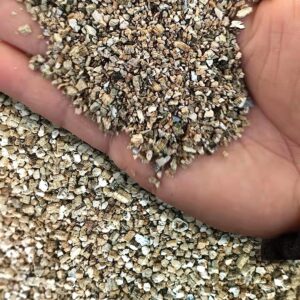Drying chili peppers is a time-honored technique that intensifies their flavors, prolongs their shelf life, and opens up a world of culinary possibilities. Whether you’ve grown an abundance of chili peppers in your garden or received a generous supply, drying them ensures you’ll have a fiery ingredient at your fingertips year-round. In this guide, we’ll explore various methods to dry chili peppers at home, preserving their spice and enhancing your culinary adventures.
Choose the Right Chili Peppers:
- Select Fresh, Ripe Peppers:
- Opt for fully ripened, fresh chili peppers. The ripeness influences the flavor and heat level of the dried peppers.
- Consider the Heat Level:
- Different chili varieties offer various heat levels. Choose peppers that suit your spice preference and the dishes you plan to enhance.
Methods for Drying Chili Peppers:
1. Air Drying:
- Materials Needed:
- String, needle, and well-ventilated, dry area.
- Instructions:
- Thread a needle with a string, then carefully pierce the stems of the chili peppers.
- Hang the strung peppers in a dry, well-ventilated area, away from direct sunlight.
- Allow the peppers to air dry for several weeks until they are fully dehydrated and have a leathery texture.
2. Oven Drying:
- Materials Needed:
- Baking sheet, oven, and kitchen twine (optional).
- Instructions:
- Preheat your oven to its lowest setting (usually around 170°F or 75°C).
- Place the chili peppers on a baking sheet, making sure they are not touching.
- Dry the peppers in the oven for several hours, checking periodically until they are dehydrated but not burnt.
3. Dehydrator Method:
- Materials Needed:
- Food dehydrator.
- Instructions:
- Slice the chili peppers evenly to promote consistent drying.
- Arrange the pepper slices on the dehydrator trays, ensuring proper spacing for air circulation.
- Follow the dehydrator’s instructions for drying chili peppers, typically around 135°F (57°C) for 8-12 hours.
Tips for Successful Drying:
- Uniform Slicing:
- Slice the chili peppers evenly to ensure consistent drying, preventing some pieces from being overly dry while others remain under-dried.
- Check Regularly:
- Keep an eye on the peppers as they dry to prevent over-drying, which can affect their flavor and color.
- Ventilation is Key:
- Ensure proper ventilation during the drying process to prevent mold growth.
- Handle with Care:
- Wear gloves when handling hot peppers to avoid irritation, and be cautious about touching your face or eyes during the process.
Storing Dried Chili Peppers:
- Cool Completely:
- Allow the dried chili peppers to cool completely before storing.
- Store in Airtight Containers:
- Place the dried peppers in airtight containers, such as glass jars or vacuum-sealed bags, to protect them from moisture.
- Store in a Dark, Cool Place:
- Keep the dried chili peppers in a dark, cool pantry to maintain their flavor and potency.
Culinary Uses:
- Spice Blends:
- Grind dried chili peppers to create your own spice blends, adding depth and heat to your dishes.
- Infused Oils:
- Infuse oils with dried chili peppers for a flavorful base to drizzle over salads, pizzas, or grilled meats.
- Rehydrating for Cooking:
- Rehydrate dried chili peppers by soaking them in hot water before using them in soups, stews, and sauces.
Conclusion:
Drying chili peppers at home is a simple yet impactful way to enhance your culinary endeavors. From creating custom spice blends to infusing oils and adding a kick to your favorite recipes, the possibilities are vast. With the right selection, drying method, and storage, you’ll have a pantry stocked with a versatile and fiery ingredient that elevates your dishes to new heights.
-
Organic Coco Coir by Coco Bliss (10 lb block)
-
Organic Sphagnum Peat Moss
-
Peat Pots, 126 Pack, 3.15 Inch Seed Starting Pots
-
PH Up and Down set, 1 qt ea
-
Professional Grade Horticultural Organic Perlite 10 Qt
-
Professional Grade Horticultural Organic Vermiculite 10 Qt
-
VIVOSUN Digital pH and TDS Meter Kit

